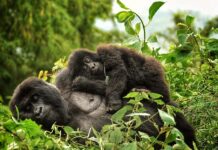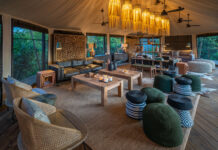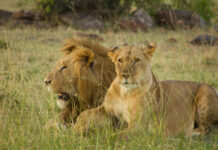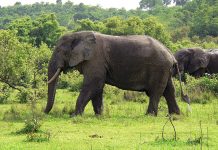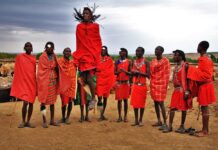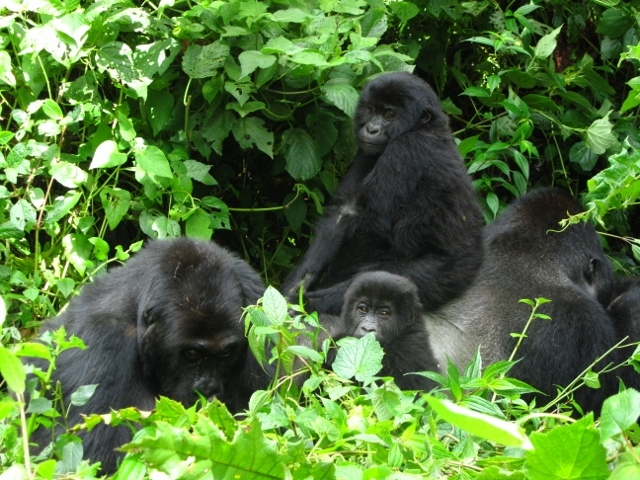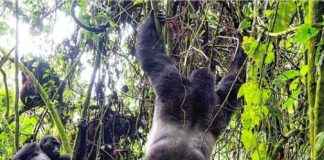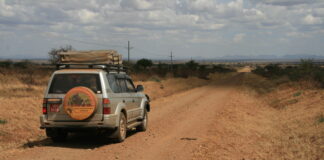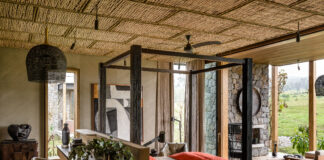Masai Mara National Reserve is a land of breathtaking vistas, abundant wildlife, and endless plains. The quintessential Maasai Mara safari delivers many attractions, as the reserve is home to an excellent year-round concentration of game, including the more than two million wildebeest, zebras and other antelopes that make up the famous Great Migration.
Experience the Great Migration in a 7 days safari adding another layer to witnessing this Natural Wonder of the World. A Kenya Safari with the Maasai Guides is a life-changing experience that will provide you with a deeper, more meaningful understanding of the intricate details of the Maasai Mara ecosystem. No one knows the Mara like the Maasai.
The Masai Mara is the world’s most prolific game viewing area for big cats and the Great Migration! This journey will give you a better understanding of the different areas within the greater Mara ecosystem. Although you could spend months in the Masai Mara, 7 days will give you the ultimate Greater Masai Mara experience, with time both inside and outside the reserve. This safari concentrates on the Mara confluence inside the reserve, Mara North, Olare Orok and Naibosho conservancies.
There are two distinct seasons, the long rains from mid-March through June; and the short rains during the months of November and early December. Clear bright mornings are the norm throughout most of the year, and in season, the rain tends to arrive in the afternoon and evening. Far from being a depressing event, the rain in the Mara is a life force.
The Maasai people’s origins are in the Nile Valley region of what is now South Sudan, before they moved south around 300 years ago, conquering other tribes and living as nomadic pastoralists.
The Maasai have retained their traditions and remain a proud and indomitable people, with their tall stature, red shukas, rungu sticks and ornate bead work their hallmarks.
Maasai society is strongly patriarchal – the women are responsible for the construction of the homestead manyattas, made from mud, stick and dung, and the men build the surrounding engang of thorn branches to keep livestock safe within the home compound making their cultural life worthy for a safari.

